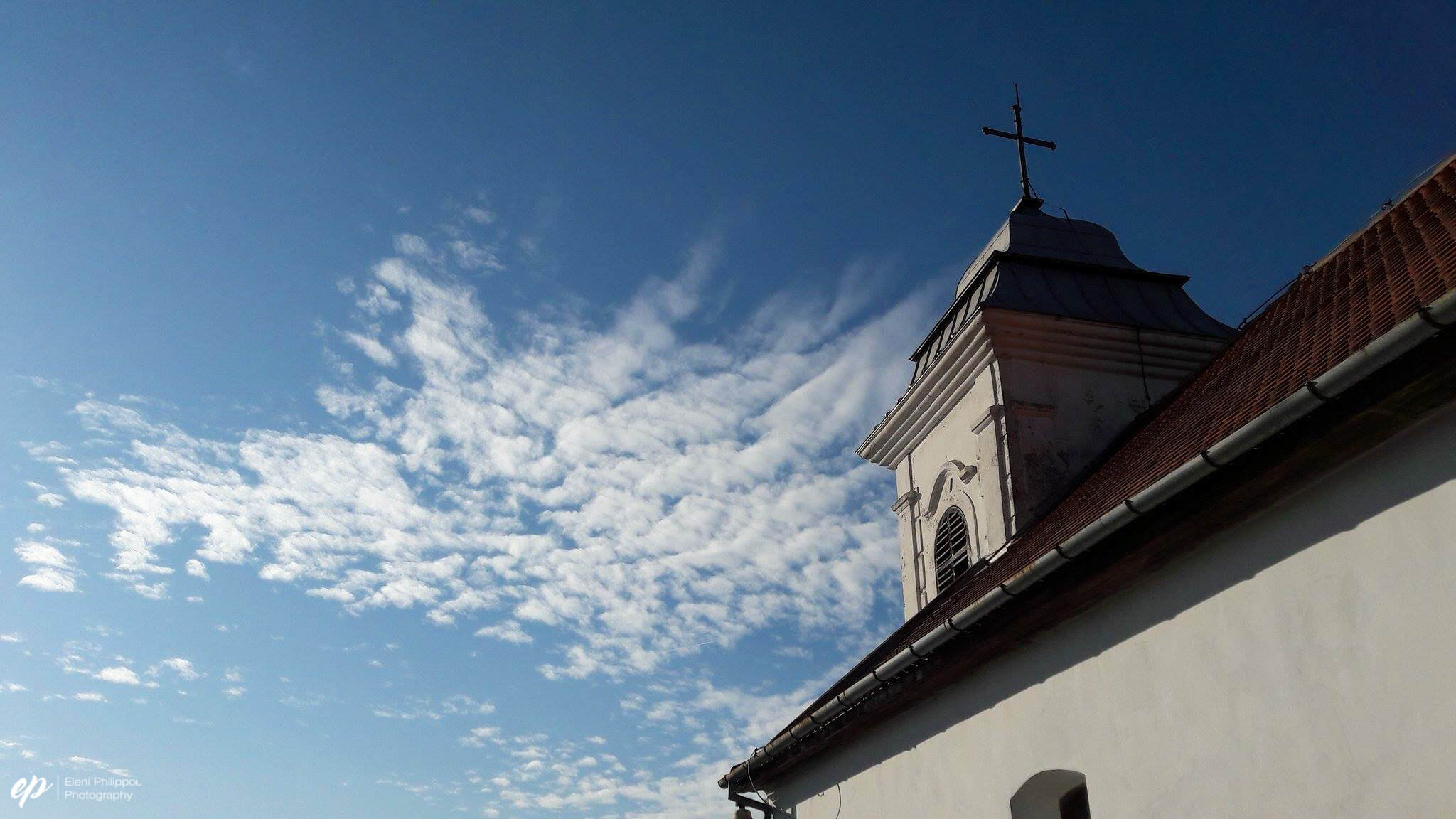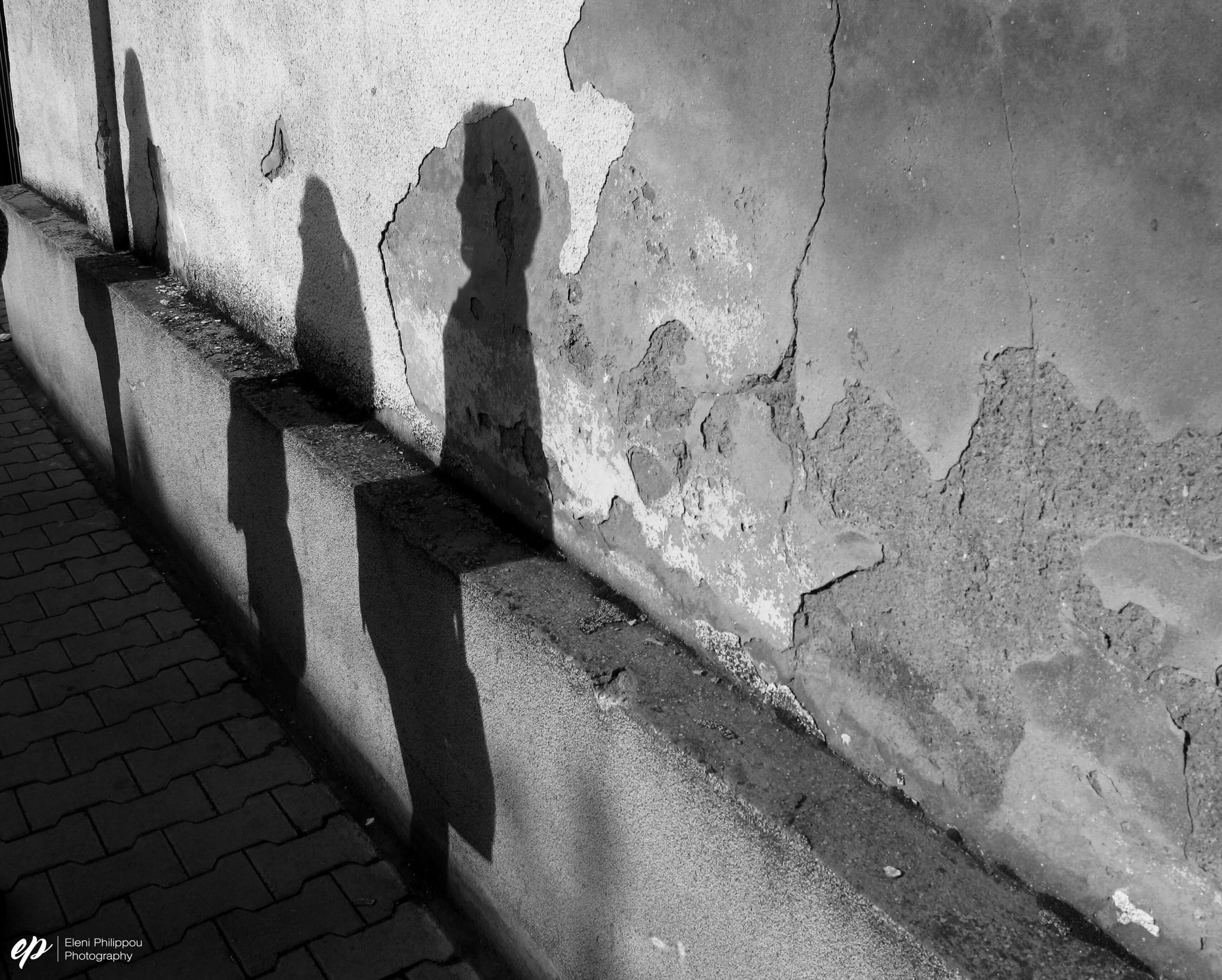It's a crispy February morning and my two feet touch down on undiscovered soil. I get my first sight of urban Belgrade as I hop on a bus towards the central bus station. As I buy my ticket to the town of Vršac I was baffled by the bus token given to me which you're meant to hand to the ticket officer. Lost in translation I indulged in a hilarious 'conversation' trying to comprehend minor culture norms.
'Don't judge a book by its colour' is definitely appropriate for this rustic-looking bus as it was equipped with high speed wifi
Before I mounted the bus kind local helped me with my luggage.
"Are you going to a European programme by any chance?" she asked. "Yes!" I replied in disbelief that I stumbled on this encounter just a few hours after being in Serbia.
"Us too!" we heard a couple of voices shout in the background. So we sat six strangers from 5 different countries heading to a training on non-formal education and human rights by cultural NGO Balkan Urban Movement.
A week-long workshop followed supported by the Council of Europe using alternative methods to address discrimination, inequality and racism. The training invited young participants aged 18-35, representing NGOs and youth groups from 12 different countries to come together.
Focusing on a visionary outlook and taking into account modern-day influences such as digital and social media, film and photography we were inducted into non-formal educational manners to address the topics and produce a digital exhibition.
Besides picking our brains, 30 strangers explored new territories together during breaks, in-directly combating political/historical boundaries.
Vršac, a town with a small center yet extended suburbs. The area surrounding the main square can be taken by foot in about 15 minutes. As you start branching out however, as I too realized when we took an uphill hike to the town's tower, the view shows the reach of Vršac.
The name of the city itself derived from the Slavic word vrh, meaning "summit", thus the symbol of Vršac is the tower.
Happy faces trying to catch their breath upon reaching the top of the hill at the tower, overlooking the whole city. The fields behind border Romania.
As a first Balkan experience, constantly surprised by the extremely low cost of living in comparison to European norms and completely blown away by its active, recent history. To my surprise I received a random text whilst at the tower welcoming me to Romania - given the close proximity to the border.
Orthodox Christianity is the main religion of Serbia. Photo taken en route to the tower
The streets of Vršac are decorated with attached houses and colourful walls, maintaining an 18th century achitecture.
The town seems quiet with only two or three bars providing the nightlife for the remaining youth. Instead the streets are filled with supermarkets and small local shops with a couple of corner kiosks offering street food.
All locals I came across, were kind and willing to offer help if needed - whether or not we found a common language. What I found interesting about Serbians, to my experience, was the similarity in humour, facial expressions and openness; many shared behaviours with Mediterranean stereotypes.
The elderly hold the biggest part of Vršac's population as most of the youth move away to the capital to study.
Urban sights of the city
Figures sit on an old wall during an afternoon walk dissecting neighbourhoods.
A local carries his shopping around town.
All day long small yellow huts sell snacks, popcorn and so on and they seem to have taken over Serbia as every corner has one. Even the alternative, urban streets of Belgrade.
*Fun fact: Beograd (Serbian for Belgrade) means white city. Beo = white, grad = city.
The capital is a vibrant city, known for its wild nocturnal buzz. I walked its streets with a new seminar friend and reunited with an old university friend, Emma. With a history and politics background Emma gave a walk of the city like no other, as she thoroughly went in detail of the White City's political/social matters.
She introduced us the much more delicious alternative to the British-drunken-kebab-munchies: the crepe. Obviously not a local invention, yet the Serbians indulge in savory crepes in their post-outing activities.
During our alternative guide of Serbia's capital and en route to the Fortress on the known Knez Mihailova street filled with street vendors, I stopped to admire the artwork of a painter who upon hearing I was from Cyprus, begins conversing with me in flawless Greek. Lived in Thessaloniki for 14 years and married to a Greek, he holds a dear passion for Aegean landscape which he often depicts in his art.
On first impression, Serbia beats the cold with vibrant lifestyle and a much more active political and terrestrial history. Belgrade's streets are almost never empty and the night scene accommodates all tastes. Serbian landscape though varied, stays close to tradition and seeks exploring. There's certainly a lot left to unravel in this Balkan scenery.



















